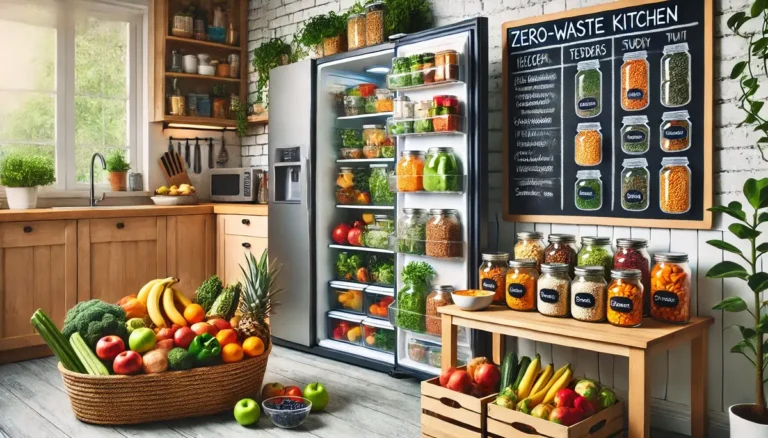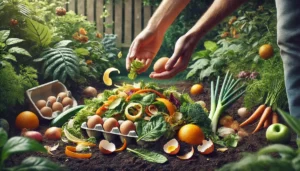Did you know that nearly one-third of the food produced globally—over 1.3 billion tons—ends up in the trash every year? That’s enough to feed millions of hungry people while saving valuable resources like water, energy, and land. Yet, in our daily lives, we often throw away food without realizing the impact of food wastage on the environment.
Food wastage isn’t just about losing money or tossing leftovers. It harms the environment. Food rotting in landfills produces methane gas, which worsens climate change. At the same time, growing food that’s never eaten wastes enormous amounts of water and fuel.
The good news is that reducing food waste is simple, achievable, and something you can start today. In this article, you’ll discover 10 ways to avoid food wastage—from smart meal planning to creative leftover ideas. These tips will help you reduce food waste and protect the planet. Ready to get started?
Effective Ways to Avoid Wastage of Food
1. Plan your meals before shopping

Meal planning is a simple yet powerful way to avoid food wastage. When you plan your meals for the week, you know exactly what ingredients you need. This prevents impulse buying and eliminates the chance of food spoiling before you can use it.
According to the World Wildlife Fund, meal planning can cut household food waste by up to 33%. Plus, it saves you money.
How to plan meals effectively:
- Spend 15 minutes each weekend planning your meals for the upcoming week.
- Check what’s already in your pantry, fridge, and freezer before writing a list.
- Stick to meals that use overlapping ingredients. For example, leftover spinach can go into an omelet, smoothie, or pasta.
2. Shop smart: Stick to your list
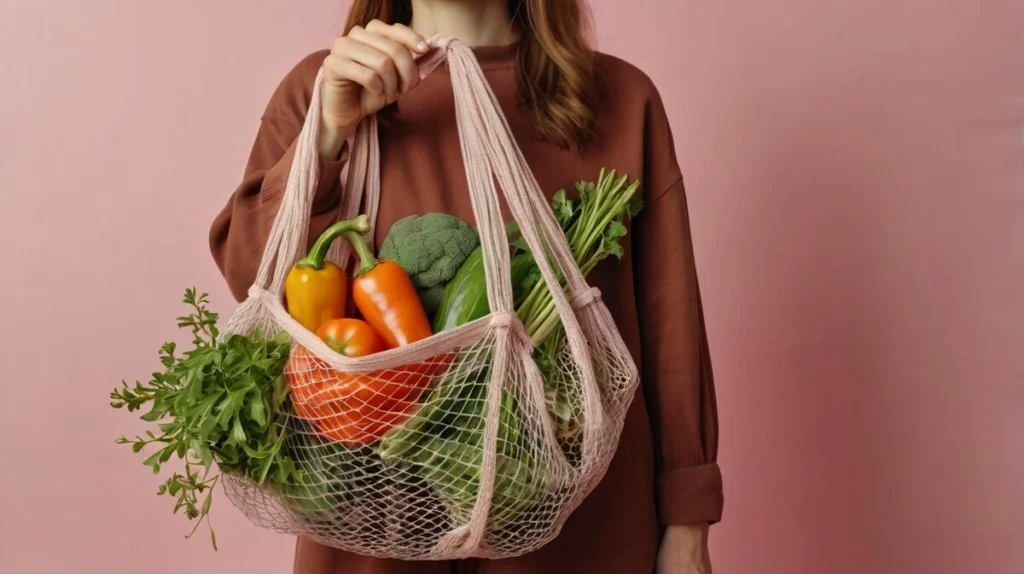
Have you ever walked into a supermarket without a list and walked out with bags full of items you didn’t plan to buy? Supermarkets are designed to encourage overspending through enticing discounts and strategically placed products. Often leading to food wastage. A report by the Natural Resources Defense Council (NRDC) states that 25% of food bought by households ends up in the trash.
The solution? Stick to your grocery list like it’s your map to saving money and food. Nothing goes to waste in your refrigerator when you just buy what you need.
Actionable steps to shop smart:
- Make a detailed list before you head to the store. Write down the quantities too. For instance, instead of “apples,” write “4 apples.”
- Shop with a full stomach. Shopping hungry often leads to unnecessary purchases.
- Be wary of bulk deals. Buying 2 loaves of bread for the price of 1 may sound tempting, but if you can’t finish it, it’s wasteful.
3. Store food properly to prolong freshness
The Food and Agriculture Organization reports that improper storage accounts for about 30% of household food waste globally. Learning how to store your groceries can extend their shelf life and keep them fresher for longer.
For example, Bananas kept next to apples ripen faster because apples release ethylene gas. This can turn bananas brown in a day. Simple awareness can prevent such waste.
Storage Tips You Can Use Today:
- Fruits and Vegetables: Store vegetables like carrots and broccoli in airtight containers to keep them crisp. Keep potatoes, onions, and garlic in a cool, dry place—not the fridge.
- Bread: Keep bread at room temperature in a paper bag. If you won’t finish it soon, freeze it.
- Dairy: Store milk and yogurt on the middle shelf of the fridge, not the door. The door experiences frequent temperature changes, which spoil dairy faster.
4. Understand portion sizes to avoid overcooking
Cooking more than you need is one of the main reasons behind food wastage. It often happens because you misjudge portion sizes or cook “just in case.” But those leftovers might sit untouched in your fridge and eventually end up in the trash.
The simple solution is to cook just the right amount. If you’re unsure about quantities, cook slightly less. It’s better to have someone ask for seconds than waste leftovers.
According to WRAP, households in the UK throw away 1.3 million unopened yogurt pots, 240,000 slices of bread, and 2.2 million potatoes every day because of overpurchasing or overcooking.
Real-life Example: Sarah, a college student, started using portion control to cut her food waste in half. She now freezes excess cooked meals for busy days instead of tossing them.
5. Use your leftovers creatively
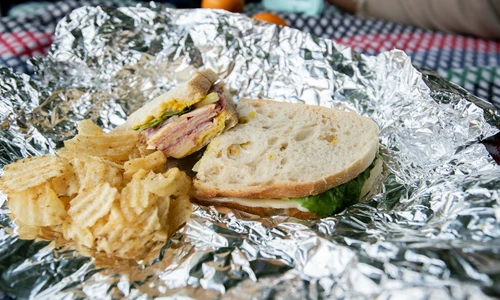
Leftovers don’t have to be boring. They can be turned into delicious, creative meals. Instead of throwing away small portions of food, look for ways to reinvent them into new dishes.
A study by ReFED reveals that creative reuse of leftovers could save up to 2.5 million tons of food waste annually.
Quick Ideas:
- Leftover vegetables? Turn them into soups, stir-fries, or fillings for sandwiches.
- Cooked chicken? Shred it for tacos, wraps, or salads.
- Stale bread? Use it for croutons, breadcrumbs, or bread pudding.
6. Embrace freezing to save food for later
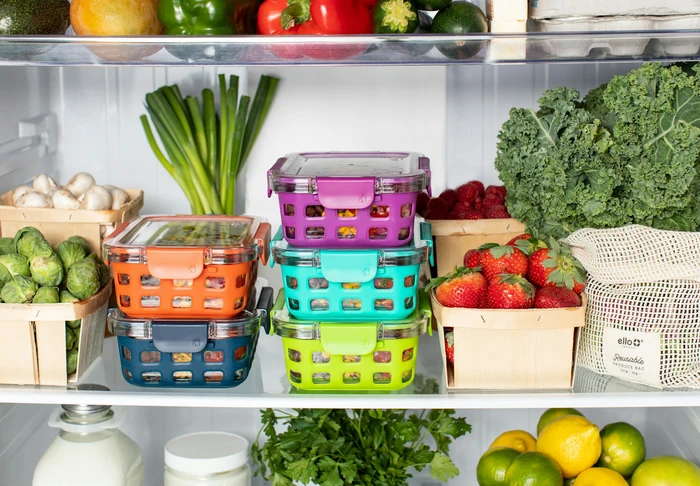
Freezing food is one of the easiest ways to preserve its freshness. The USDA states that freezing food can reduce annual food waste by 47% when combined with smart meal planning. Freezing leftover meals, fruits, or raw ingredients can offer you an extra few weeks—or even months—of usage.
What you can freeze:
- Fruits: Freeze overripe bananas, berries, and mango chunks for smoothies.
- Vegetables: Blanch and freeze vegetables like spinach, broccoli, and carrots.
- Cooked Meals: Portion and freeze soups, curries, or pasta for busy days.
7. Practice “First In, First Out” in your kitchen
The “First In, First Out” (FIFO) method ensures you use older food items before the newer ones. It’s a popular strategy used in restaurants to reduce food spoilage and it works perfectly in homes too.
How to apply FIFO:
- When you buy groceries, place the older items in front of your fridge or pantry and move the new ones to the back.
- Check expiration dates regularly to prioritize items that need to be used soon.
8. Compost food scraps instead of throwing them away
Not all food waste can be avoided, but you can still make good use of it through composting. Composting food scraps turns them into nutrient-rich fertilizers for plants and reduces methane emissions from landfills.
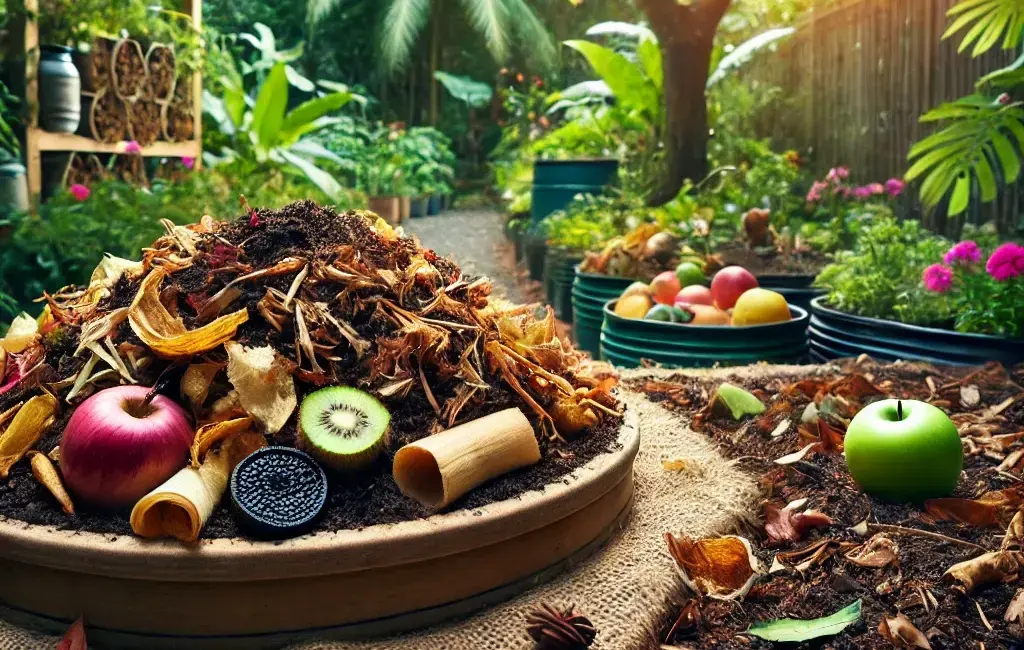
What you can compost:
- Vegetable peels, fruit scraps, coffee grounds, and eggshells.
- Avoid dairy, meat, and oily foods as they attract pests.
How to start: If you live in an apartment, you can try small compost bins or worm composting (vermicomposting). For bigger spaces, outdoor compost piles work great.
9. Donate excess food to local charities
According to Feeding America, 1 in 8 people in the U.S. struggle with hunger, yet households throw away billions of pounds of food annually.
If you have food that you know you won’t eat, consider donating it to those in need. Many food banks, shelters, and charities accept non-perishable items or even fresh produce nearing its expiration date.
What to donate:
- Canned goods, dry grains, fresh produce, and unused snacks.
- Avoid opened, expired, or heavily processed food.
10. Educate yourself and your family about food waste
Awareness is the first step to action. Talk to your family or friends about the importance of reducing food waste and share small steps everyone can follow.
Fun ideas to educate kids and adults:
- Watch documentaries like “Wasted!” to understand the environmental impact of food waste.
- Challenge your family to create meals using leftovers—make it a fun “kitchen rescue” game.
- Set food waste goals, like reducing weekly trash by half, and track progress together.
Conclusion: Ways to Avoid Food Wastage
Reducing food wastage starts with small, mindful actions. By following these 10 ways to avoid food wastage, you can take small, impactful steps to save food, money, and the environment.
Food waste is a global challenge, but change begins at home. By being mindful and adopting these practices, you’re making your life more sustainable and inspiring others to do the same. Additionally, using slogans can inspire actions to avoid food wastage. Start applying these tips today, and together we can build a future where no food is wasted.

